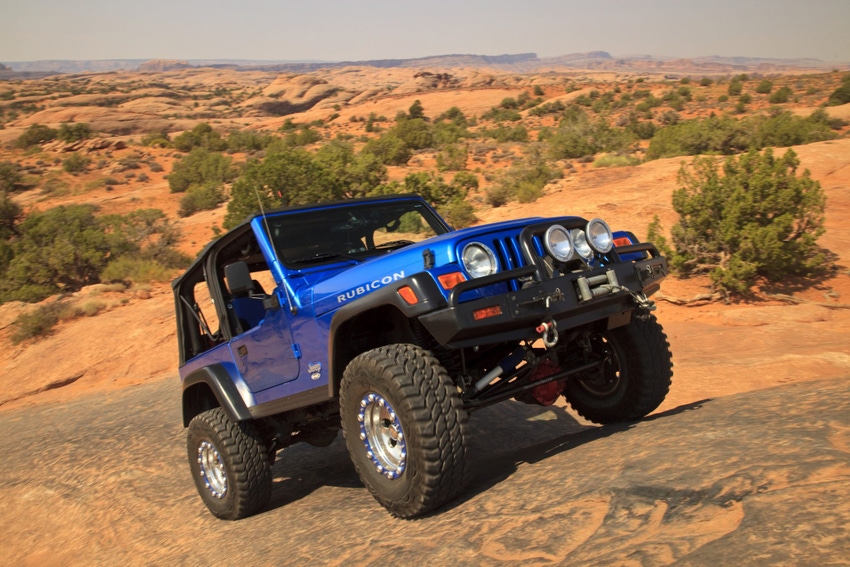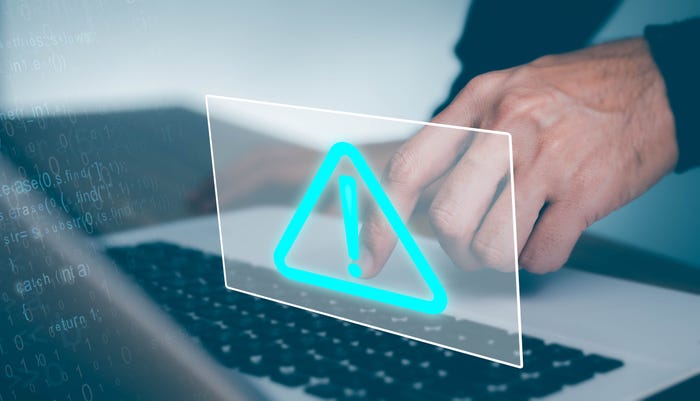Stellantis will use new Valeo Lidar technology for Level 3 self-driving across its brands
June 20, 2022

Stellantis will use third-generation Scala Lidar from French supplier Valeo to enable Level 3 autonomous driving in its vehicles.
The Valeo technology will be deployed across multiple models of the automaker’s brands from 2024. Stellantis has one of the most diverse portfolios in the entire auto industry, with Jeep, Dodge, Ram, Chrysler, Peugeot, Citroen, DS Automobiles, Opel, Vauxhall, Fiat, Abarth, Alfa Romeo, Lancia and Maserati all under its wing.
Level 3 autonomy allows the car to assume control of driving in specific conditions, freeing up the human driver to remove their hands from the steering wheel and take their eyes off the road, although they must be prepared to resume driving, if requested, at all times.
Earlier this year, Mercedes became the first automaker to offer Level 3 self-driving capability on series production cars on the S-Class and EQS, which both feature the company’s Drive Pilot system. Drive Pilot uses Valeo’s second-generation Lidar.
Stellantis will use a newer version of the sensing tech which, according to Valeo, is a major upgrade.
“Our third-generation Valeo Scala Lidar offers a resolution nearly 50 times that of the second-generation device,” said Marc Vrecko, president of Valeo’s Comfort & Driving Assistance Systems Business group. “The technology comes with unique data collection features, allowing Stellantis to pave the way for new vehicle experiences.”
Valeo has significant experience with Lidar, as the only company to produce an automotive scanner on an industrial scale, with more than 170,000 units produced and the technology protected by more than 500 patents.
Its latest generation is claimed to be able to identify objects more than 492 feet away that cannot be seen by the human eye, cameras or radars, including those with very low reflectivity, such as tires. It recreates a 3D image of the vehicle’s surroundings using a point cloud – with resolution that is claimed to be unparalleled for an automotive system – and can map the ground topology and detect road markings.
It’s not yet clear which Stellantis models from which brands will benefit from the Valeo Lidar first, but the company previously said its Level 3 tech – which will be branded STLA AutoDrive and has been developed in tandem with BMW – should be ready for launch in a couple of years. On Level 4 vehicles – where human drivers are not required to take over – Stellantis has been working with Waymo, most notably on a program of self-driving Chrysler Pacifica taxis in Phoenix, Arizona.
“What sets cars apart from others today is the driving experience they offer,” said Yves Bonnefont, chief software officer of Stellantis. “Thanks to our L3 autonomous driving solution leveraging Valeo’s latest generation Lidar, we will offer a more enjoyable driving experience and give back time to the driver during their journeys.”
About the Author(s)
You May Also Like



.png?width=700&auto=webp&quality=80&disable=upscale)

.png?width=300&auto=webp&quality=80&disable=upscale)


.png?width=300&auto=webp&quality=80&disable=upscale)